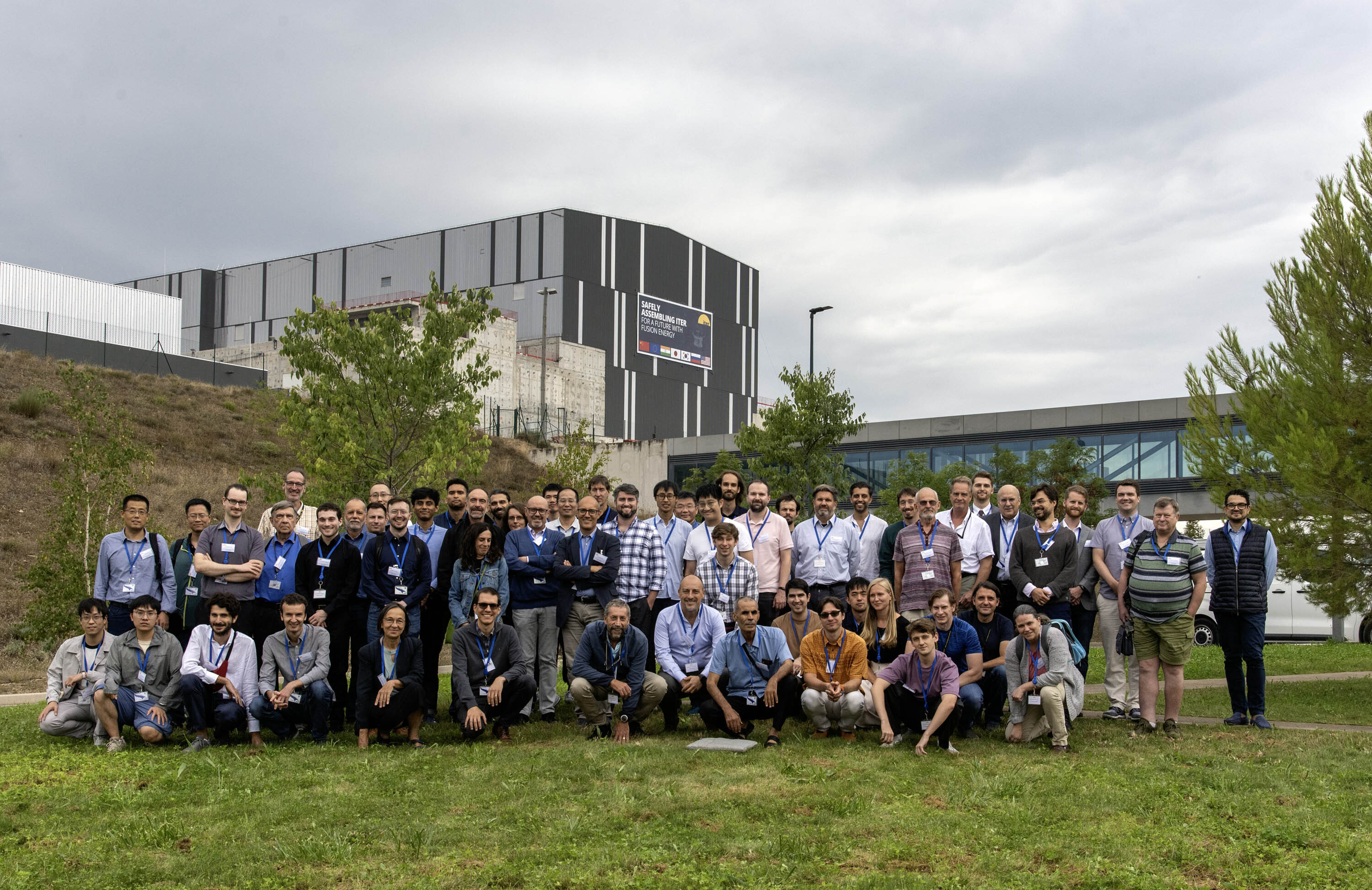Disruption Research at the 3rd IAEA Technical Meeting on Disruptions

During the first week of September, several members of the disruptions team attended the 3rd IAEA Technical Meeting on Plasma Disruptions and their Mitigation at the ITER headquarters in Cadarache, France. This biennial conference gathers the world’s leading experts to discuss the latest progress on disruption prediction, avoidance, mitigation, and consequences for ITER and future devices.
A total of six members and collaborators of the disruptions team attended the meeting, including graduate student Andrew Maris, postdoc Alex Saperstein, postdoc Arunav Kumar, graduate student Ben Stein-Lubrano, CFS collaborator Ryan Sweeney, and research scientist Cesar Clauser. A majority of the contributions from the disruptions group discussed topics relevant to operation of the SPARC tokamak, including a talk on the development of an off-normal warning system for SPARC by Alex Saperstein, a talk on surrogate modeling development for VDE prediction on SPARC by Arunav Kumar, a talk on disruption solutions for SPARC by Ryan Sweeney, and a talk on the validation of VDE modeling with M3D-C1 by Cesar Clauser. The remaining contributions included a multi-machine investigation of density limits and their use in feedback control by Andrew Maris, as well as an investigation of 3D thermal quench mitigation efficiency on JET by Ben Stein-Lubrano.
The discussions at the conference surrounding disruption prediction were largely in one of two camps; concerns over confidence in the transferability of predictive models to larger machines, and how to address shortcomings in the power to enact successful feedback control provided suitable warnings. SPARC was brought up as a useful case for testing the implementation of a warning system as a fundamental component of the PCS, and there was additional interest in the use of JT60-SA to validate the transferability of predictive models for ITER.
For more details on the various contributions, including abstracts and presentations, refer to the table below.
Enjoy Reading This Article?
Here are some more articles you might like to read next: